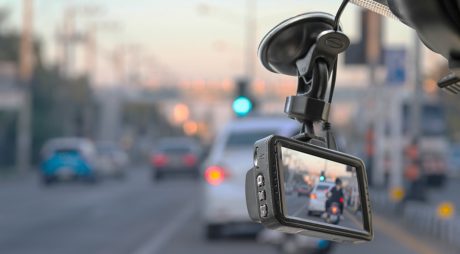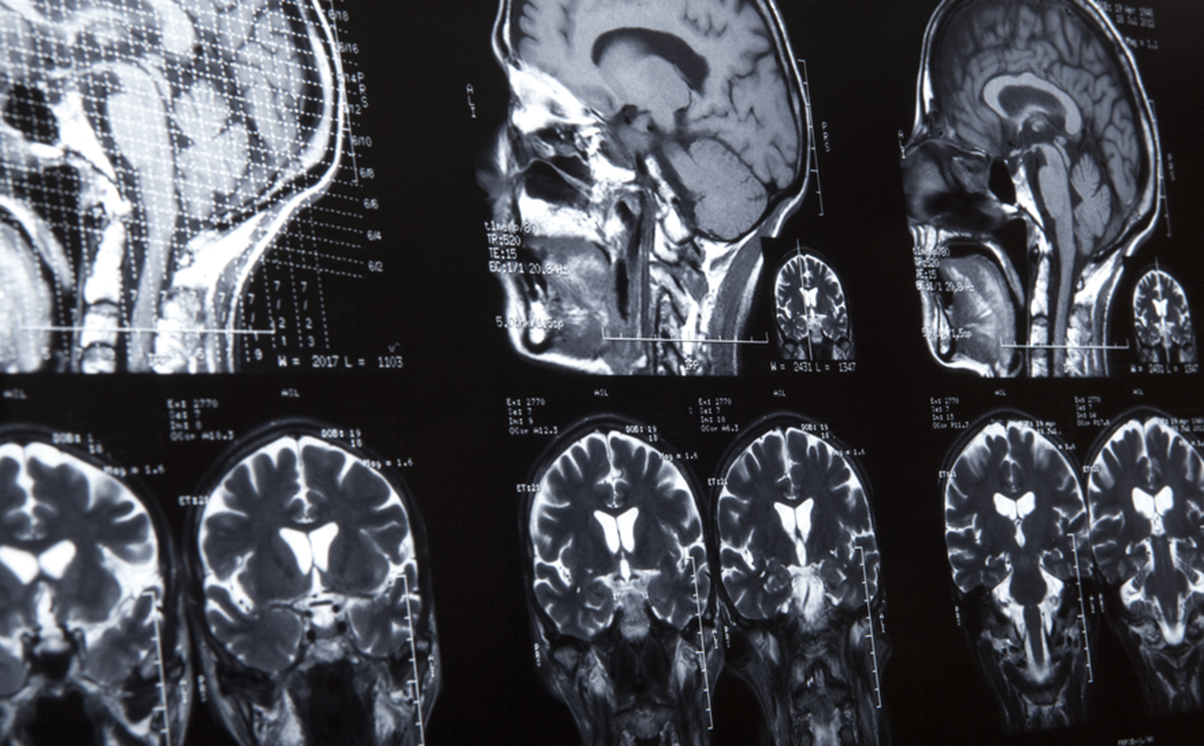Rebecca Hill examines the use of surveillance evidence in injury claims and explains the vital role medical experts play.
In high-value catastrophic injury claims, obtaining surveillance evidence that undermines the claimant’s case can substantially reduce their damages award. If the footage gives rise to allegations of fraud and a finding of dishonesty, the claim will be dismissed and expose the claimant to liability for the defendant’s legal costs as well as their own. With the stakes so high, it is natural for a defendant to commission surveillance evidence and it is not uncommon for a claimant’s solicitor to receive footage of their client.
Even for the most diligent solicitor who knows their client well, watching surveillance evidence for the first time is invariably done with trepidation. The footage has usually been disclosed because the defendant thinks they have found something that apparently shows the claimant’s injuries are less serious than alleged. However, not all footage exposes the claimant to criticism, and it isn’t always quite what it seems. It is vital that the footage is viewed with an open mind and a level head to determine:
- If the footage paints a true and accurate picture of what is being portrayed?
- Whether the footage is permissible as evidence in the case?
- If anything in the footage affects the opinions of the experts and, if so, does this alter the prospects of the case?
The camera cannot lie, or can it?
Surveillance is an unregulated industry, and the quality and integrity of footage can vary. Also, some insurers pay a bonus fee for footage which undermines the claimant’s case. It is not unheard of for insurers to pay double for such evidence. Any footage must, therefore, be viewed with caution. Claimant’s solicitors must bear in mind that it has not been impartially prepared for the court and there’s potentially a sizeable financial incentive for the surveillance company hanging in the balance.
Editing can make a significant difference to the presentation of the footage. The claimant’s solicitor needs to take a number of steps to ensure full disclosure has been made, and that the footage is complete and presented as it was shot. It is vital that the claimant’s solicitor obtains all unedited footage. This should be cross-referenced against the witness statements of the surveillance operatives and the surveillance logs to check that all footage has been disclosed. The defendant must be asked to provide written confirmation that no filming took place on other days not detailed on the logs, and this should be supported with evidence from the surveillance company where possible. It is useful for medical experts to make sure that these steps have been taken before they draw firm conclusions on the footage that they have been provided with. If the full, unedited footage is not available this is also a powerful argument for the court to exclude the evidence.
Surveillance footage can be long but it is rarely continuous. The claimant may disappear out of shot for long periods, and recording may be terminated in order for the surveillance operative to reposition themselves. It is important to note any gaps in the footage and to be cautious about making assumptions of what was happening when the claimant was out of view or when the camera was switched off. Just because the camera was not rolling, don’t assume that the claimant was not visible. If the claimant was doing an activity on camera, don’t assume it continued off camera. The claimant’s solicitor should obtain further comments from their client on the activities of the day in question to try and build a broader picture that puts the footage into context.
The court will also have regard to the claimant’s right to privacy under the Human Rights Act 1998. It is not unheard of for the surveillance operatives to trespass on private property in order to obtain the footage, or to gain access to a claimant’s home by posing as a salesman, for example, and filming covertly. Illegality and infringement of personal freedoms will not automatically exclude the surveillance footage that results. However, the court should weigh these factors against the interests of justice in the injury claim and may penalise the defendant in costs (Jones v University of Warwick [2003] EWCA Civ 151).
Permissibility
The defendant will need to make an application to rely on surveillance footage unless the court has already made an order for its disclosure, or the claimant agrees to the footage being introduced. The court has the power to control evidence by deciding the issues on which evidence is required, the nature of the evidence needed and the way that evidence should be placed before the court. The court can also exclude evidence that would otherwise be admissible. The court must take decisions in a way which so gives rise to a just result for both parties. The costs of dealing with the surveillance evidence must also be proportionate.
A surveillance DVD or tape is a document and not a piece of witness evidence. Court rules require a party to disclose documents on which they rely. However, because surveillance has been commissioned for the purposes of legal proceedings, it is protected by litigation privilege and does not have to be disclosed until that privilege is waived (Douglas v O’Neill (2011) EWHC 601 (QB)).
Timing of disclosure is a finely balanced consideration for a defendant. Serve it too early and the claimant will have time to prepare further statements or reports in an attempt to mitigate any damaging aspects of the footage. Serve it too close to trial and the court will refuse permission to rely on it. Generally, the defendant is entitled not to disclose surveillance footage until the claimant has served his witness statement to “nail his colours to the mast” (Douglas v O’Neill). It is in the interests of justice to permit surveillance footage as long as it does not amount to an ambush of the claimant before trial (Rall v Hume [2001] EWCA Civ 146). The court will look at the time left to trial and how long the footage has been available for disclosure.
Work associated with viewing the surveillance evidence and collating evidence in rebuttal, including all associated expert fees, needs to be budgeted. This will usually lead to an application to vary the budget in light of the changes. Experts should, therefore, give careful thought to the amount of time they will need to watch (and re-watch) the footage to analyse it, the time taken to cross-check with their previous findings and produce an updated report.
There are also practical considerations, such as how the footage is going to be viewed in court. TV screens and media players will need to be hired and set up. Other questions to consider are how much of the footage will be viewed in court, how long will witnesses be cross-examined on it, and how will the trial timetable be affected?
Practical advice for medical experts
- Look beyond the footage
What is not shown is often just as important as the footage. If a claimant is filmed doing an activity that calls their evidence into question, is appropriate context provided by the footage or have additional comments been obtained from the claimant? For example, if the claimant undertakes a physical task, is their recovery period (or lack thereof) shown too? Many genuine claimants will push themselves and suffer for it afterwards; selective recording can give the impression that the claimant is more active and able than they are.
- Understand the status of the evidence
If you are sent footage, note whether the party seeking to rely on it has permission to do so; this either needs to be by agreement or with the court’s permission. In Hayden v Maidstone & Tunbridge Wells NHS Trust [2018] EWHC 1121 (QB) the defendant commissioned and served surveillance evidence shortly before the trial window. The defendant had shown it to their medical expert and obtained a supplementary report.
The defendant argued that as the evidence was on the playing field, it was in the interests of justice that it remain in play. The evidence was permitted on the basis that the claimant had been able to obtain the views of their expert and therefore there was no disparity between the parties despite the proximity to trial. However, the court made it clear that there is no obligation to grant permission to rely on the evidence simply because the experts have seen it. Although it is difficult for an expert who has seen surveillance evidence to put it out of their mind, it is not impossible. The court referenced the fact that the experts are familiar with not referring to the content of any without prejudice discussions.
You should always be guided by your instructing party on whether it is appropriate for you to consider and report on the footage. However, checking whether there is a question mark over the admissibility of the footage before you view it might help you to treat the contents on a provisional basis, and put it out of your mind again should the court exclude the evidence.
- Rapid response
It is becoming common practice to include provision in case management directions for service of surveillance evidence. These orders should be circulated to medical experts, so take note of when such evidence might be received. However, surveillance evidence can be unexpected and the timescales to deal with it can be tight. Experts need to do everything they can to respond in the time available.
It is important for the claimant’s legal team to assess the impact of surveillance evidence as quickly as possible. If medical experts change their opinion in light of the footage, this may change the merits of the case and settlement offers that previously looked unattractive might come back into play. If the claimant is facing a costs risk, the quicker this is identified and addressed, the better.
- Build solid foundations
The main thrust of the response from a medical expert will be whether the surveillance evidence contains any footage that is incompatible with the symptoms and disabilities the claimant has presented during assessments.
You should take detailed notes during the assessment and include a comprehensive summary in the report itself. Consider obtaining the claimant’s permission to record your discussion with them so that you can include quotes and their own descriptions. Any supplementary report that you produce having viewed the footage can then cross-reference between this and the description that the claimant gave to you.
Final comments
Potential allegations of exaggeration and fundamental dishonesty can have serious consequences for a claimant. Even if they are not borne out, the risks that they pose can place extraordinary pressure on claimants.
While surveillance evidence is a legitimate tool defendants can employ to test the claimant’s evidence, justice cannot be achieved unless the claimant’s legal team and all experts deal with it sensibly and robustly. If it demonstrates issues with the claimant’s evidence, these need to be dealt with decisively. If the footage is not what it seems or the experts maintain their view, they owe a duty to advise the court of this.
You can find further information regarding our expertise, experience and team on our Personal Injury pages.
If you require assistance from our team, please contact us or alternatively request a call back from one of our lawyers by submitting this form.
Subscribe – In order to receive our news straight to your inbox, subscribe here. Our newsletters are sent no more than once a month.





